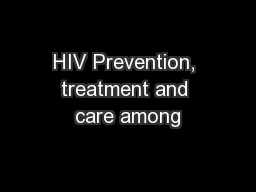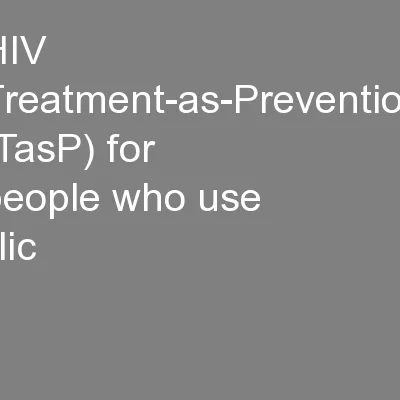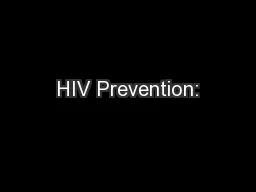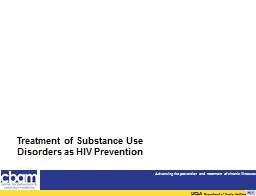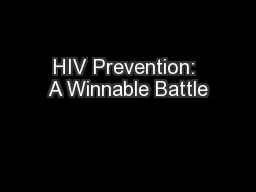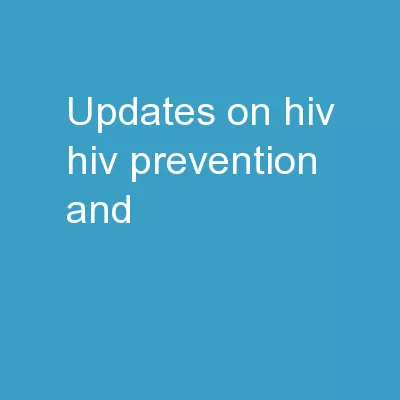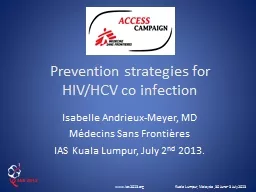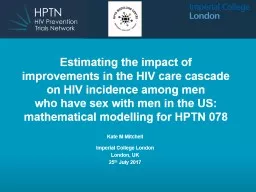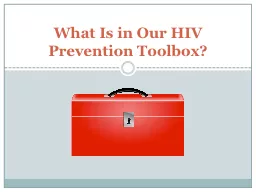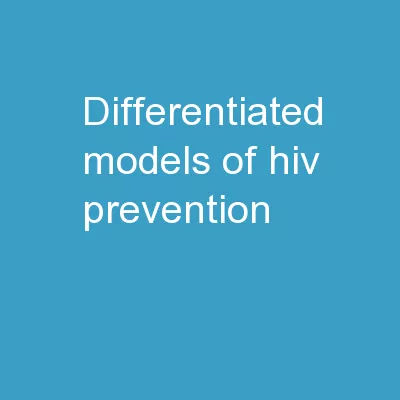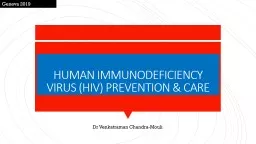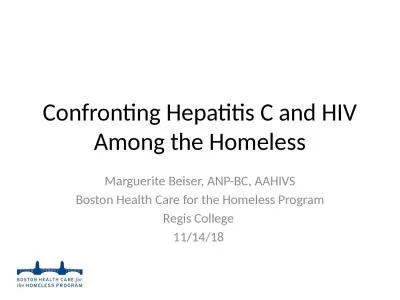PPT-HIV Prevention, treatment and care among
Author : alexa-scheidler | Published Date : 2016-05-13
people who inject drugs Fabienne Hariga MD MPH Senior HIV Adviser UNODC Vienna Cosponsor HIV among People who Use Drugs HIV in Prison Settings CONVENING AGENCY
Presentation Embed Code
Download Presentation
Download Presentation The PPT/PDF document "HIV Prevention, treatment and care among" is the property of its rightful owner. Permission is granted to download and print the materials on this website for personal, non-commercial use only, and to display it on your personal computer provided you do not modify the materials and that you retain all copyright notices contained in the materials. By downloading content from our website, you accept the terms of this agreement.
HIV Prevention, treatment and care among: Transcript
Download Rules Of Document
"HIV Prevention, treatment and care among"The content belongs to its owner. You may download and print it for personal use, without modification, and keep all copyright notices. By downloading, you agree to these terms.
Related Documents

